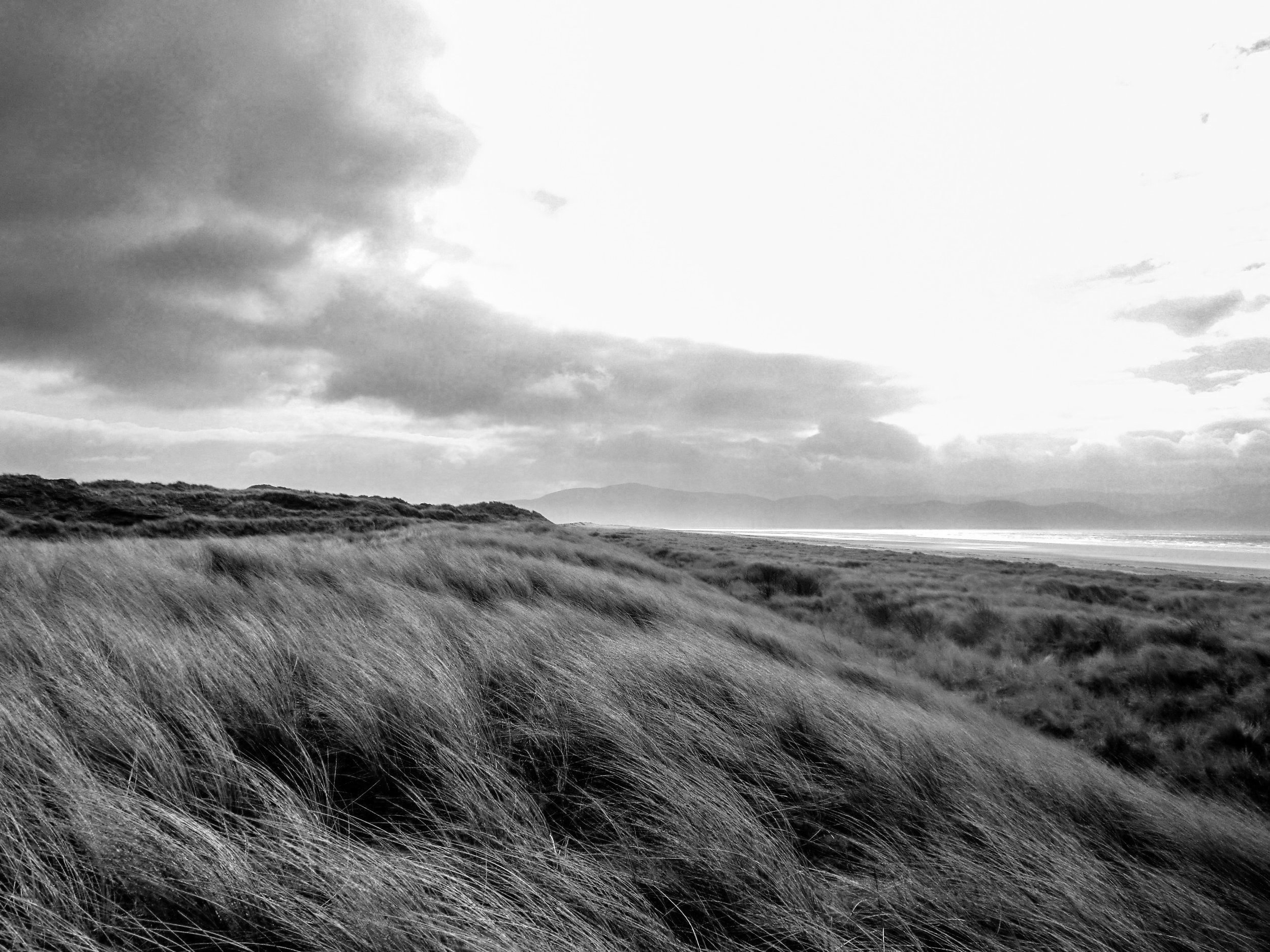Glossary
-
irish dance
Irish dance is the physical interpretation and aural accompaniment to traditional Irish music. It is an umbrella term: representative of many forms of traditional and vernacular dances associated with the island of Ireland. Each form has its own unique practice and history.
-
Sean-nós / vernacular irish dance
Sean-nós / vernacular irish dance is an improvised, musically driven form of irish dance that has developed ‘instinctively’ amongst the rural communitues and culture.
”Sean-nós” as a term to describe dance is only a few decades old. Despite meaning “old style”, it is generally used to describe only dancing from Connemara and is therefore not inclusive of the other vernacular forms of dance found in many other areas. -
Traditional/Old Style irish step dance
Traditional/Old style irish step dance is often used in reference to choreography-based dancing from the 18th to the mid 20th centuries, before the advent of what is now considered “contemporary irish dance”. It is danced less rigidly than its contemporary counterpart, but still emphasises form and technique with crossed feet and arms held by the sides. Not to be confused with sean-nós dancing, the main difference being old style step dancing is choreographed and sean-nós isn’t.
-
Contemporary irish dance / "Irish dance"
Contemporary irish dance is often called “Irish dance”, however I don’t like to use that term as it is not inclusive enough. Contemporary irish dance is what can be seen in dance shows like Riverdance or competition based irish dance with the athleticism, extreme technique, and often vibrant costumes.
The form developed out of the establishment of An Coimisiún le Rincí Gaelacha in the 1930s, which sought to preserve Irish dance through competitions. An Coimisiún has evolved to be the largest of the Irish dance organisations, existing on 5 continents. -
Festival Dancing
Formed in the 1970s in response to the changing tides of major Irish dance organisations like An Coimisiún Le Rincí Gaelacha, the Festival Dance Teacher’s Association’s dancing is much more emotive with engaging with the audience being a key fixture. Featuring slow, classical inspired music, the dancing showcases high kicks and much less jumping when compared to its sibling styles. This style of irish dance is danced almost exclusively in the North of Ireland.
-
Set dancing / Céilí dancing
Set and Céilí dancing are both social irish dance forms (i.e. danced in groups). Set dancing is performed in squares, generally with 8 people but can also be done with 4. The origins of Set dancing are in European court dances. It is because of the “foreign origin” that Set dancing nearly died out due to the advocacy* of a new “Irish” identity at the turn of the 20th century. With this, Céilí dancing became more popular due to its more “authentic” ancestry. Céilí dances can be danced in circles or as progressive line dances, with many of the popular dances having been composed in the early 20th century. Set dancing, however, has seen a resurgence in the last several decades and today when you attend a “céilí” in Ireland, you’ll generally be dancing Sets.
*See Dance Halls Act of 1935 for more info

